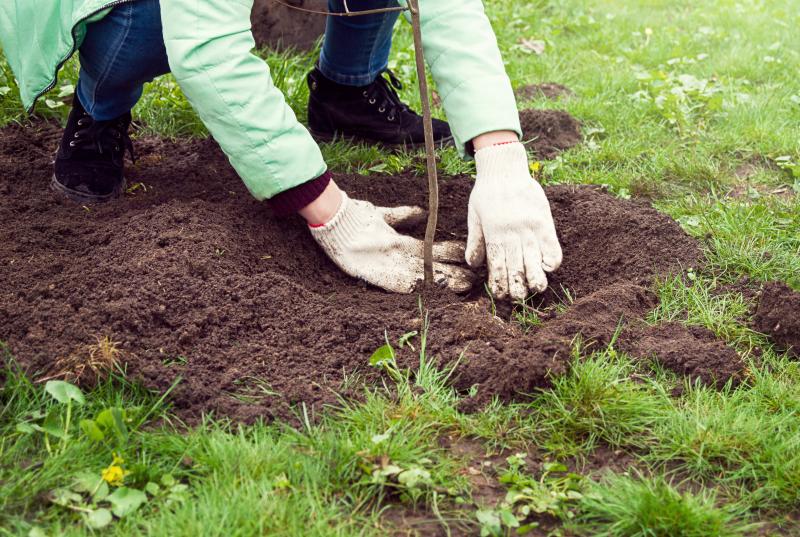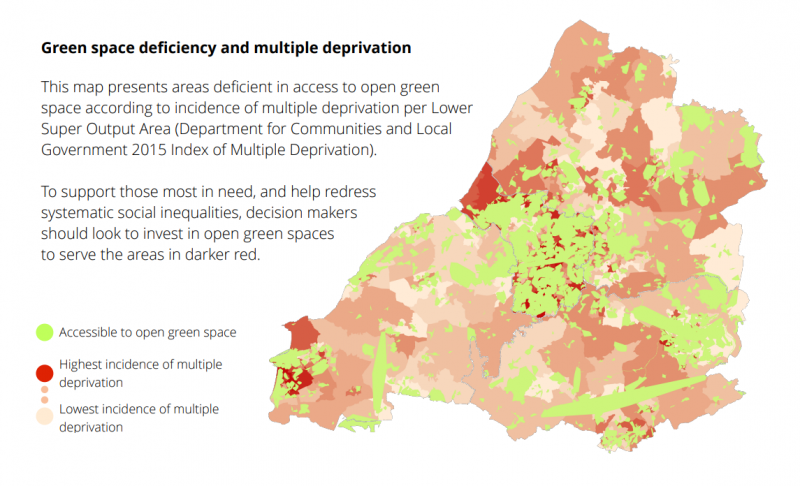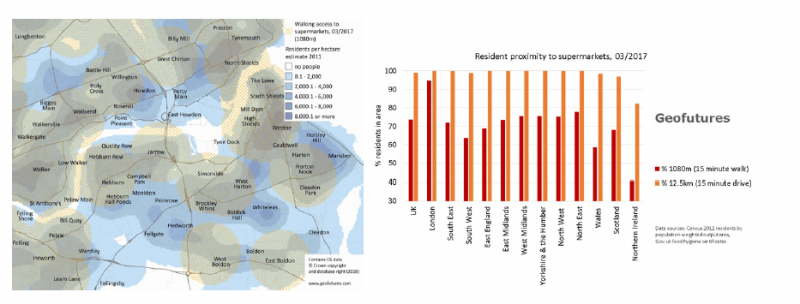Mary Stevens15 Jan 2020
There is real momentum behind the idea of doubling tree cover to help restore nature, tackle climate change and help people connect to nature and to each other. It’s been brilliant to see local councils starting to make serious commitments, and to witness the enthusiasm of volunteers and local groups for getting stuck in to tree planting this winter.
Where can we plant trees?
Friends of the Earth thinks that a creating wildly different green belt is part of the solution. But for local campaigners, or even local decision-makers, how do you find out where to start? Where’s the land to put all these trees? Some people in rural areas around cities will of course put on their boots and go and talk to local landowners and managers about what they could do with their land. But for others — especially those of us who live within the city — it’s a lot harder. Of course there are maps available that show current and even potential land use but these are mostly designed with strategic planners in mind - people who are making region-by-region decisions about numbers of houses, or transport corridors. It all feels a bit abstract. We wondered how we could help them find the ‘right kind’ of land and start to build a buzz around it.
Visualisation helps
Experience tells us that when we can see something that makes it real, whether it’s a point on a map, or an artist’s impression or a photo-shopped picture, we begin to visualise how things could change, and can be inspired to get involved.
What if there was a mapping tool not based on strategic regional considerations but identifying the spaces where rewilding and tree planting could help nature recover?
A tool to map hope spots
A tool designed to help pinpoint the places where the future we want to see could start to emerge first. Inspired by the example of marine conservation, we’re calling such land ‘hope spots’ – the patches of land around our cities based on factors like travel distance, access to fresh food, proximity to green space, improved air quality - that can help focus decision makers and campaigners in decisions about where to create a wildly different green belt.
Creating an identity
And land for trees is not the only issue when it comes to a wilder, greener green belt. Other people have been thinking hard about land for nature-friendly food growing. The Blue Finger Alliance is a great Bristol-based example of this work. An insight from their campaigning is that people are much more likely to connect with and campaign for a patch of land when it has an identity — and a name (like the ‘blue finger’).
Where do we find the hope spots?
So how do we pinpoint the land we think should be prioritised? To start to figure this out we’ve been talking to Geofutures, a Bath-based independent data science consultancy. Their method is all about translating complex data — including around like food supply and land use — into insights that can tell a story, and prompt an informed conversation. They had a track record in using overlay models — crunching several data sets together to provide a single composite picture — to identify problem ‘hot spots’. Could they turn this idea on its head to give us a shortlist of hope spots?
Translating data into story telling
One of the first questions is which data sets to prioritise. The agricultural land use classifications, or habitat potential maps are important, but not enough if we want to ensure that the hope spots also provide inspiration to people who are not regularly accessing green spaces, or whose lives are already blighted by pollution and neglect.
Bringing hope to life: what next?
Our aim is to use the overlay maps to identify a long list of sites. This list will then be used to prompt a first set of conversations: with the local authorities and other organisations — including community organisations — who will be key to making this happen. We've alreday had some positive conversations with Avon Wildlife Trust, who would be a brilliant partner. If we can whittle it down to a short list then we’ll launch the list publicly — maybe with some additional creative inspiration — and explore how to start supporting local communities to bring their hope spots to life. And if it works in Bristol and Bath, why not in and around other population centres?
This is the beginning of a journey. We’re not looking for the maps to provide all the answers, but they need to be sufficiently grounded in reality to be credible starting points for real-life conversations. Even a minimum viable product takes clever data skills, and time. We need additional financial support to build a viable prototype, and develop the engagement strategy that we could use here and elsewhere. We’re going to need champions of the idea too — people who’d like to make the case for why their parcel of land should be part of a hope spot and can advocate for the idea with local influencers. We’re going to need artists to find ways to bring the potential of the spaces we identify to life. We’re going to need some dreamers.
To hope is to give yourself to the future — and that commitment to the future is what makes the present inhabitable. Rebecca Solnit, Hope in the Dark
At the start of 2020, with the failure of climate talks in Madrid, fires raging in Australia and election results in the UK that appear to reject the importance of climate justice, hope can feel in short supply. But we’ve tested the idea of hope spots with local activists and partners. When we talk about it the room lights up. People want to be part of this — to start doing something positive.
If you’d like to talk to us about how you can help support this idea, please get in touch. We’d love to hear from you.




